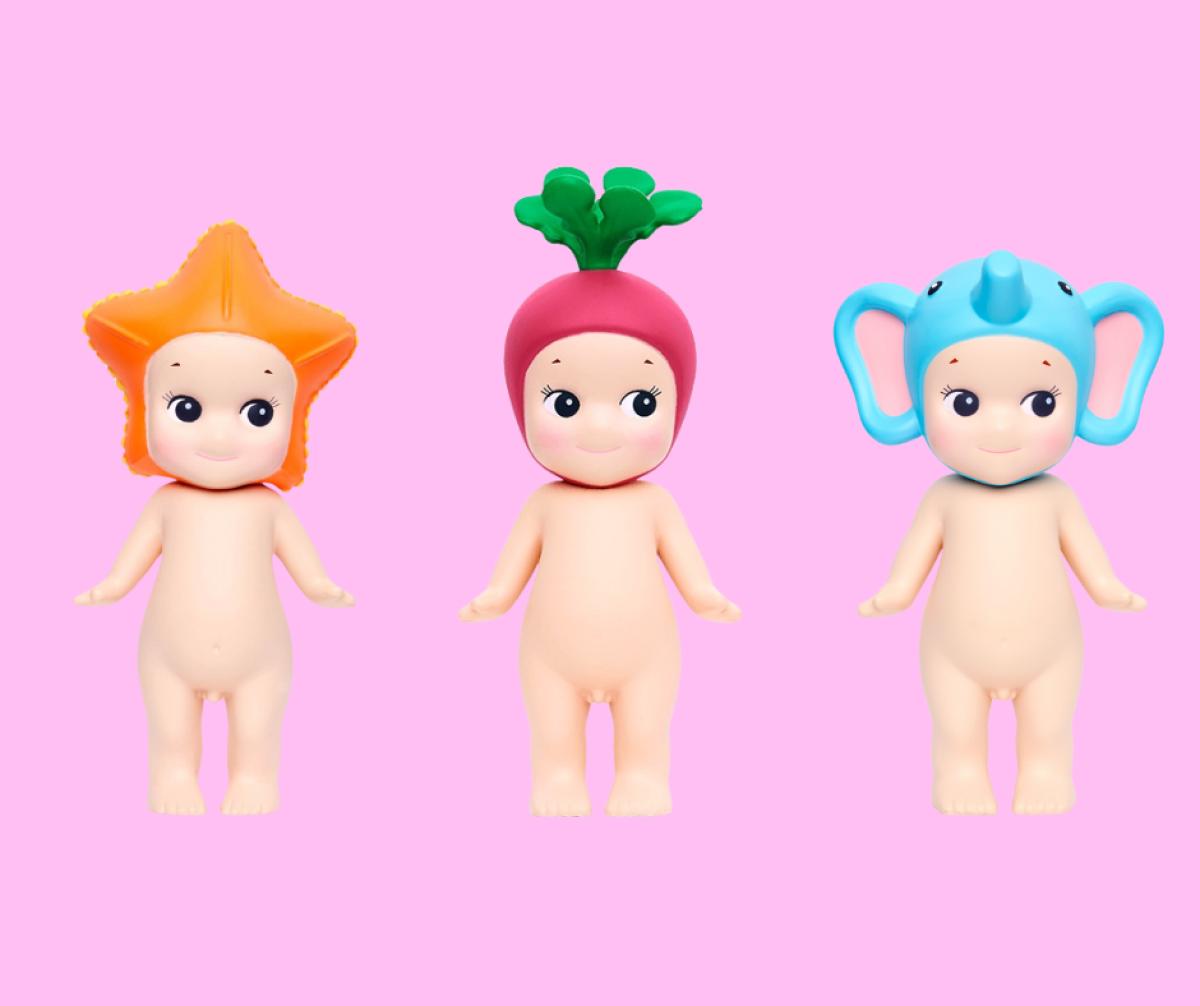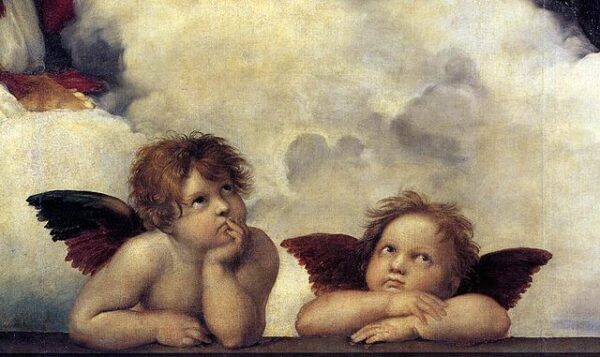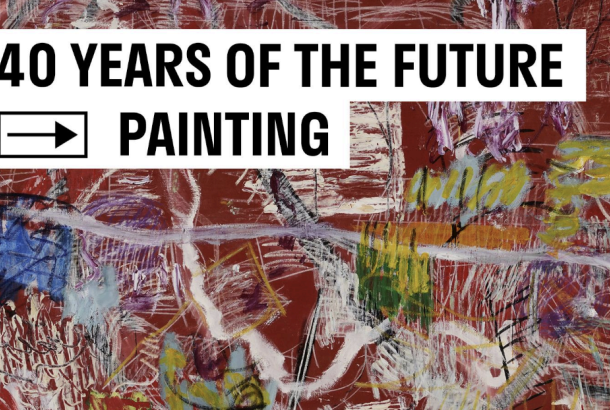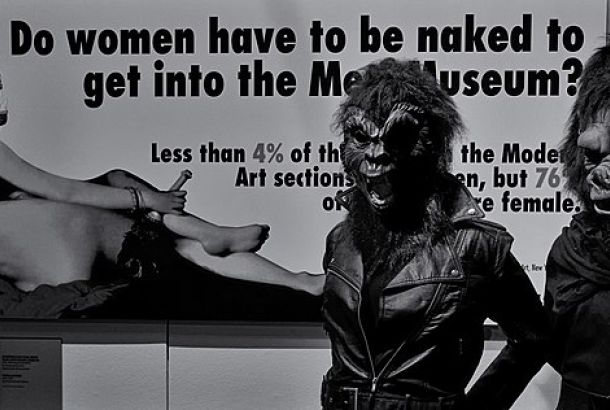Sonny Angels: The art history behind your new best friend

Any frequent TikTok users will probably be aware by now of Sonny Angels, the three-inch dolls which have gone viral on the app. Sonny Angels are collectable toys, all variations on a cherubic-looking boy wearing various types of headgear. The dolls were first manufactured in 2005, but are now experiencing a renaissance among young adults, one which has also led to the rise of a competitive resale market.
The angels are made as part of a series like animals or flowers, and buyers purchase a ‘blind box’, not knowing which character from the series they will get. As well as the different versions of Sonny, buyers are also in with a chance of finding Robby the Rabbit. Robby is Sonny’s extremely rare and sought-after best friend. No doubt, the suspense element of the ‘blind box’ feature has helped to fuel the TikTok obsession, but the newfound craze also reflects a broader trend of people connecting with their ‘inner child’ and pursuing nostalgic activities, like toy collecting.
@lovevic444 im obsessed with these 🥹 #sonnyangel #sonnyangelhipper #sonnyangels #pinterest
♬ back on 74 filmsbymai_ – ✿
Sonny Angel is the creation of Toru Soeya, a Japanese designer and CEO of the goods manufacturer Dreams. Soeya seems to have predicted today’s rise in ‘inner child consumerism’. Despite its appearance and likely appeal to younger audiences, Soeya designed Sonny Angel with women over 25 in mind. His concept was a ‘little boyfriend’ who would comfort women facing difficult times and provide a sense of healing to combat stress and worry. In fact, Sonny’s design is part of a long and slightly mysterious art historical journey.
Soeya has cited the American cartoon, Kewpie, as a big inspiration for the design of Sonny Angel. Rose O’Neill, the USA’s first published female cartoonist, created Kewpie in 1909. Derived from the classic ‘Cupid’, Kewpie was O’Neill’s response to a request from an editor to create a series of creatures for her magazine.
O’Neill characterised Kewpie as a kind-spirited elf, flying around doing good deeds. Kewpie’s charm caught on and a slew of magazines began publishing the character on their pages, soon enough, Kewpie could be found on many commercial products, most notably, Kewpie mayonnaise, which still has the cartoon at the centre of its brand today.
Among Kewpie’s good deeds was supporting women’s suffrage. O’Neill began placing the character in political cartoons, campaigning for women’s rights and advocating other political causes.

It wasn’t long before Kewpie’s potential was realised by toy manufacturers. In 1912. O’Neill was approached by toy makers George Borgfeldt and Company, who started producing Kewpies in the form of porcelain dolls. The dolls proved successful all over the world, earning O’Neill a sizeable fortune.
Like Kewpie, angelic infants have instilled a certain symbolism in artworks throughout the history of art. The friendly and protective qualities of Kewpie and Sonny Angel can be found in the cherub figures which litter the canvases of historic artists. The winged juvenile figures now usually identified as cherubs or cupids have very different origins, but at some point, their representations became merged.
Cupid (or Eros), a mythological figure in the Greek and Roman traditions, was the child of the goddess of love, and in earlier iterations is depicted as a young adult male with wings. Although some sources recount the pain caused by Cupid’s interjections, he is generally considered to be a kind deity, bringing happiness to mortals through love. Similarly, cherubs began their artistic life in a different guise from the chubby toddlers we’re now familiar with. Cherubs are referenced in biblical literature as celestial beings, but their appearance seems unusual when compared to the stereotypical angel of today. Cherubs were described as winged beings with four heads, one of an ox, one of a lion, one of an eagle, and one of a human.

Art historians aren’t sure exactly how it happened, but at some point, both cupid and cherubs were absorbed into the pictorial tradition of putti. Putti, Latin for ‘little men’, were chubby, winged toddler-like figures, often found on Graeco-Roman sarcophagi, early in the first millennium. The depiction of putti waned after this period, but in the Renaissance, they started to appear more frequently in decorative art, in both mythological and Christian scenes. The typical putto figure became synonymous with both the angelic biblical cherubs and the mischief-making cupid.

Their shared appearance has also translated into a shared symbolism. The presence of putti figures in art has come to denote feelings of peace and prosperity, as well as a sense of guardianship.
It’s not surprising then, that Soeya chose this motif as the basis of his new character, who brings healing moments to everyday life. However it happened, the ethereal kids who emerged from the Renaissance set the scene perfectly for Sonny, whose slogan “he may bring you happiness,” perfectly embodies the qualities which Putti came to represent.







